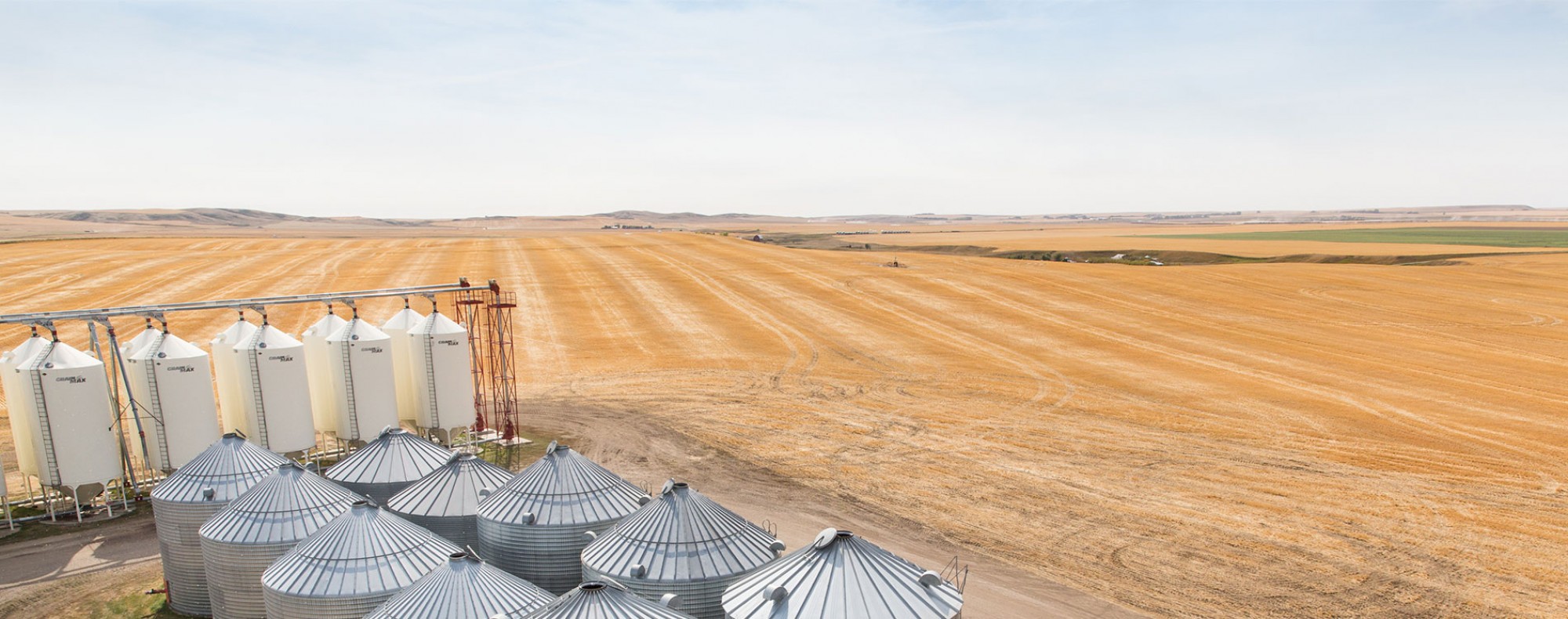Mapping novel Fusarium head blight and stripe rust resistance genes in wheat
Dr. Gurcharn Singh Brar, University of British Columbia
Start Date: December 15, 2020
End Date: December 31, 2023
AWC’s funding: $52,612
Fusarium head blight (FHB) and stripe rust are two of the five priority-one diseases of wheat in Canada and breeders must achieve an intermediate level of resistance to register new cultivars. Prairie wheat growers have witnessed several epidemics of FHB in all the prairie provinces (particularly eastern Saskatchewan and Manitoba) in the last decade. Although integrated management is the best way to deal with most disease issues, host resistance and fungicides, and in the case of FHB, a diverse rotation, are the most effective strategies. The need for fungicide application is minimized or even eliminated when resistant varieties are available for growers, which also saves money for the growers and has little impact on the environment. Breeding for FHB resistance is challenging because the resistance is not complete and is highly dependent on environmental conditions. In the presence of high disease pressure and conducive weather conditions, even the best available FHB resistance is not enough to fully prevent yield/grade loss.
The objectives are:
1. Mapping genes for resistance to FHB and stripe rust from two Watkins landraces (Wat.1190308 and Wat.1190580)
2. Developing breeder-friendly molecular markers for introgression of resistance into elite cultivars
3. Genetic mapping of novel adult-plant resistance (APR) gene(s) from spelt wheat lines
4. Introgression of APR stripe rust resistance gene identified from objective 3 into elite CWRS cultivars carrying Lr34/Yr18
